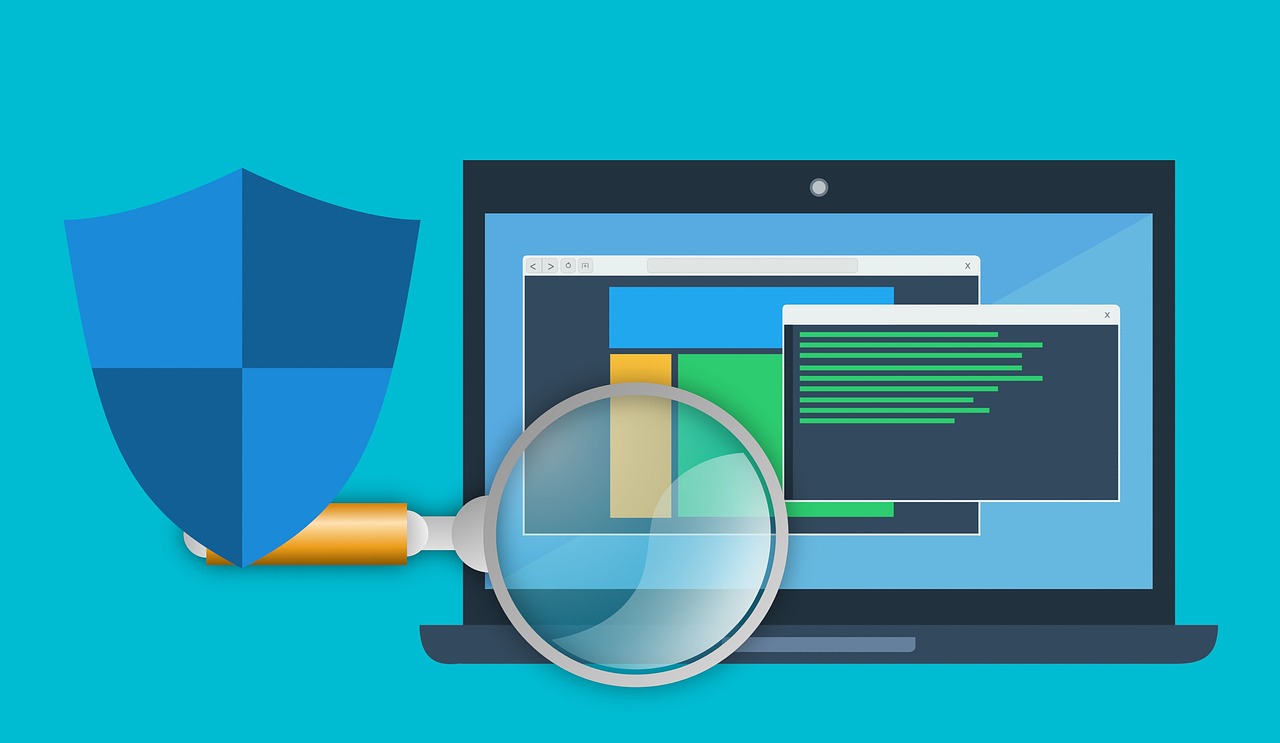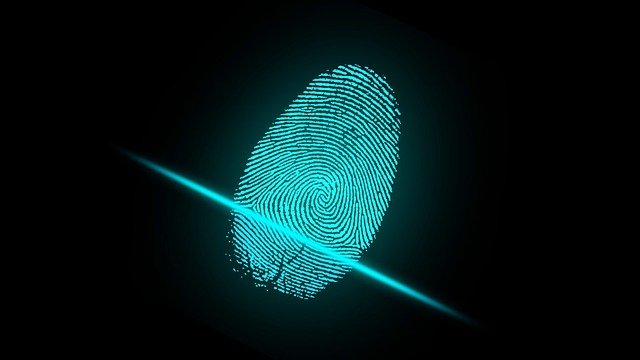Building Resilience and Psychological Safety (w/ Dr Dan Radecki)
Join me Thursday, July 6/23 at 1pm EST! I talk with Psychologist, author, and the co-founder of...
Read Moreby Alex Fullick | Apr 7, 2023 | Business | 0 |
Join me Thursday, July 6/23 at 1pm EST! I talk with Psychologist, author, and the co-founder of...
Read Moreby VoiceAmerica | Dec 19, 2022 | Business | 0 |
Join me Thursday, March 2/23 at 1pm EST on the VoiceAmerica Business Channel! upply Chain...
Read Moreby VoiceAmerica | Jan 28, 2022 | Business | 0 |
Join me August 4/22 at 1pm EST! There is allot of focus on our physical Supply Chains, but what...
Read Moreby VoiceAmerica | Oct 11, 2021 | Business | 0 |
Even though faxing may seem outdated technology with the latest advancements in technology, many...
Read Moreby VoiceAmerica | Sep 30, 2021 | Business | 0 |
Many modern IoT (Internet of Things) apps rely on fingerprint sensors to identify users and for...
Read Moreby VoiceAmerica | Jan 8, 2021 | Variety | 0 |
Join me May 6/21 at 9am EST! Ransomware! Cyber-Crime! Data Risk Management! These are the things...
Read Moreby VoiceAmerica | Dec 4, 2020 | Variety | 0 |
Join me Mar 4/21, 9am EST as I chat with global risk, ethics and governance strategist, and...
Read Moreby VoiceAmerica | Dec 4, 2020 | Variety | 0 |
Join me Apr 1/21, 9am EST as I chat with national security expert Ray Boisvert. Cyber Security is...
Read Moreby VoiceAmerica | Dec 4, 2020 | Variety | 0 |
Join me Jan 14/21, 9am EST as I talk to senior crisis management and business continuity...
Read Moreby VoiceAmerica | Nov 16, 2020 | Business | 0 |
When we enter a tax preparer’s office for the first time, we are unknown and have to provide...
Read Moreby VoiceAmerica | Jan 18, 2020 | Variety | 0 |
Join me 2020-03-19 as we welcome back industry expert Regina Phelps. We’ll be talking about...
Read Moreby VoiceAmerica | Dec 3, 2018 | Variety | 0 |
The 2019-03-14 show will focus on Information Security with InfoSec Specialist, Jason Maynard. ...
Read More












